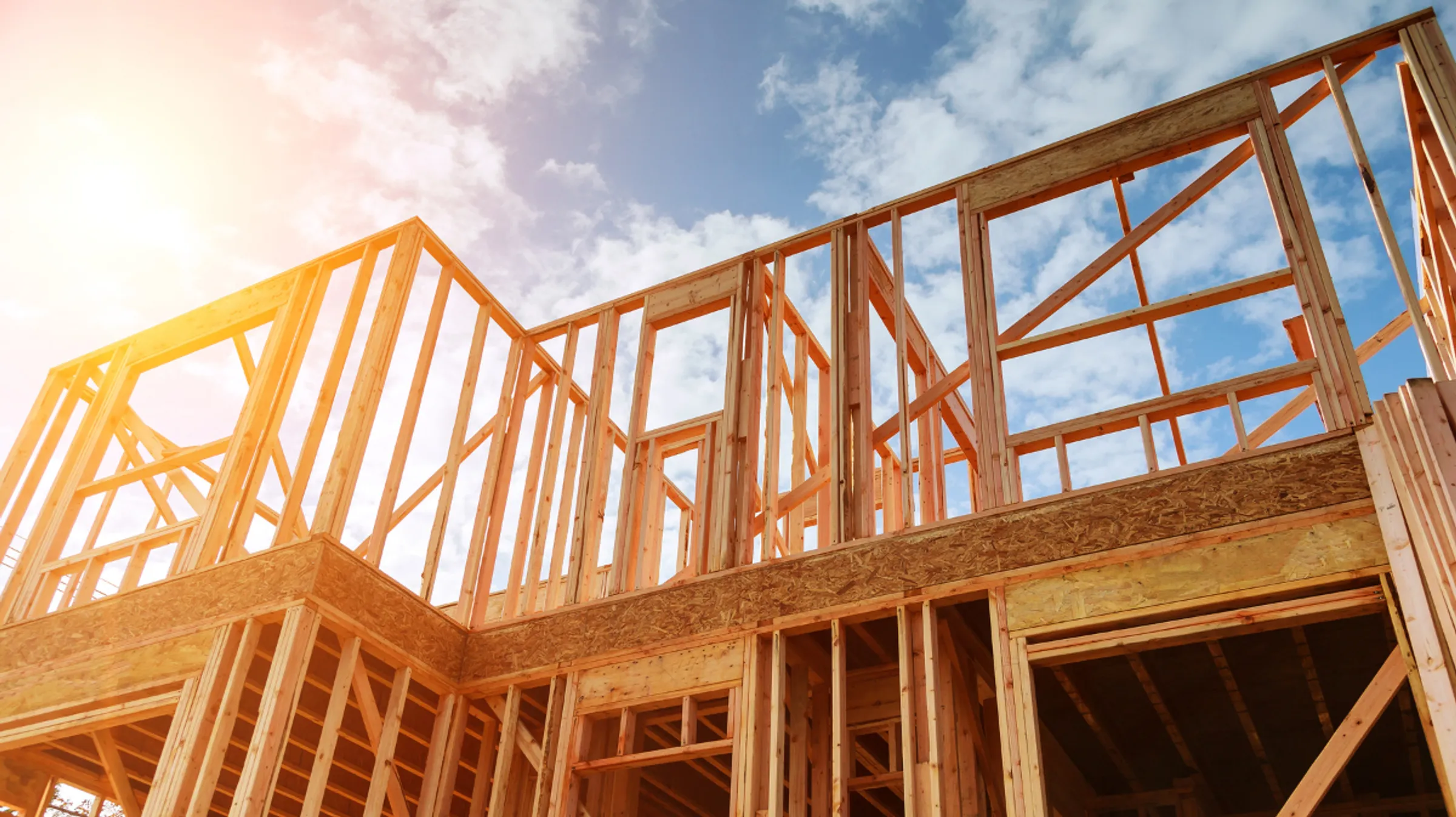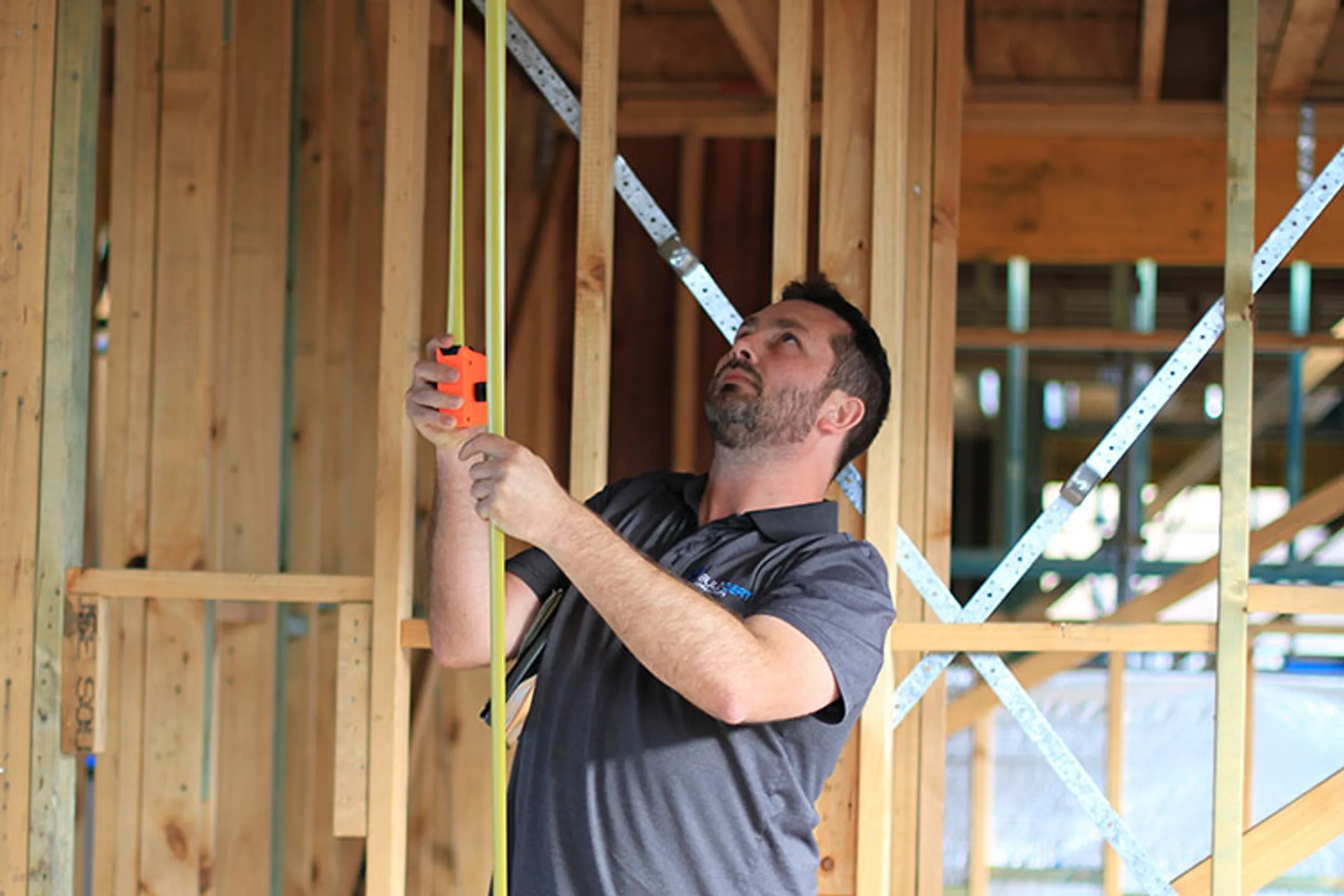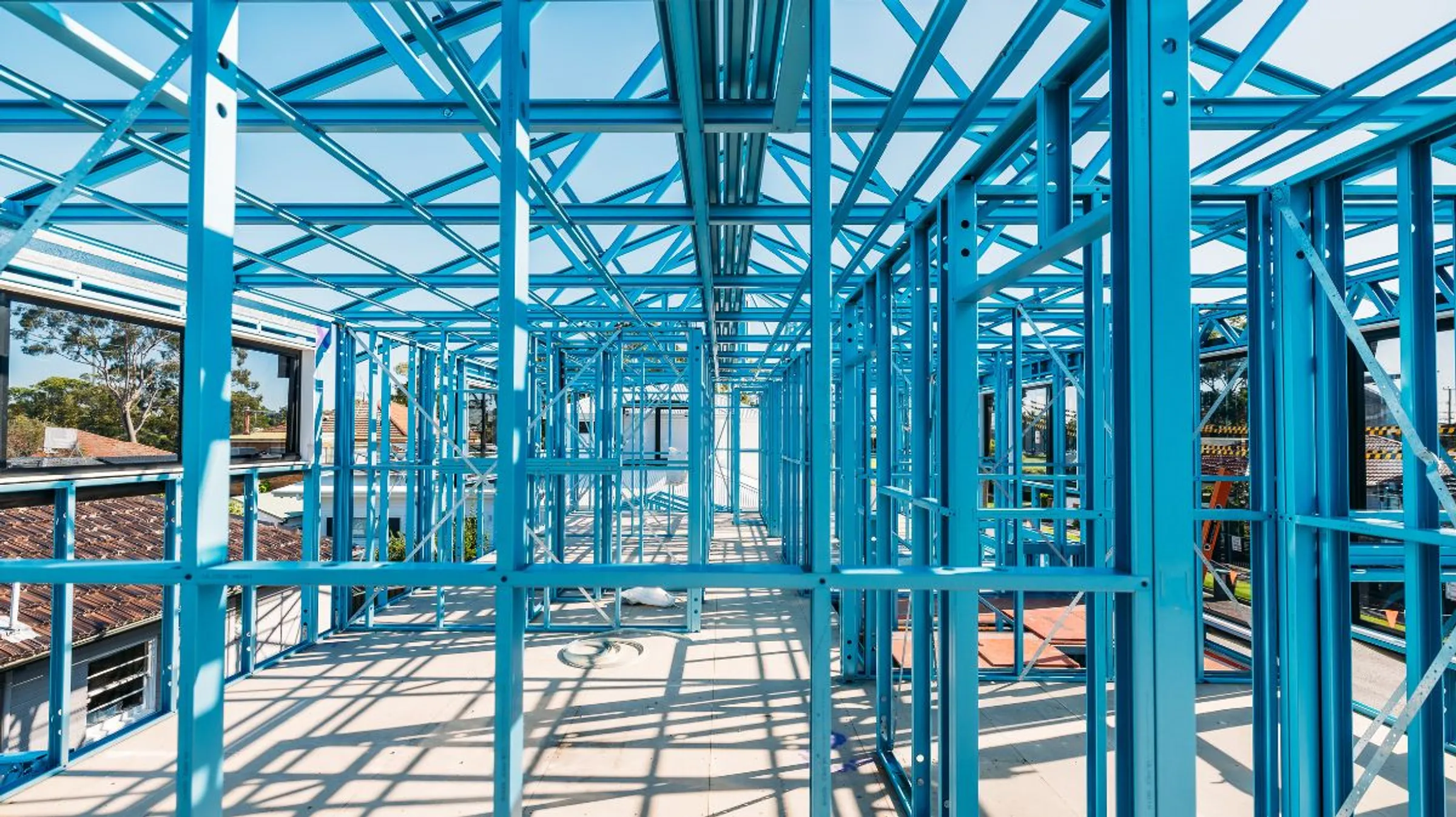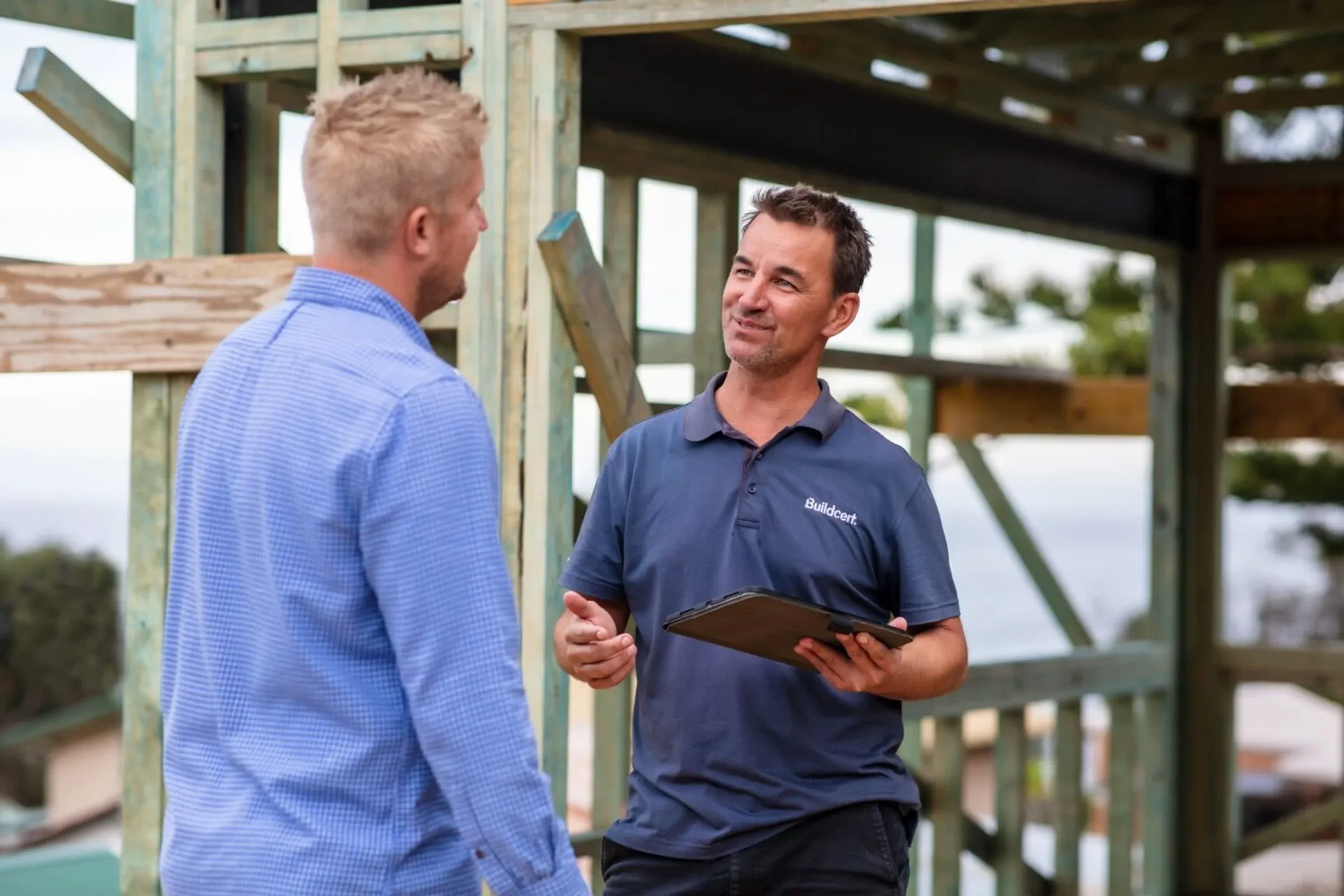
Elk Architecture
NSW Commercial

Please note: Long Service Levy Changes taking effect in January 2023.
As of January 1st 2023, the Long Service Levy is changing in New South Wales. Previously the the levy required for all construction projects with a total value of works exceeding $25 000 was paid at 0.35% of the value. As of 1st Jan 2023, the threshold for the Long Service Levy is being raised to $250 000 and the levy reduced to 0.25% of the project value. This means any construction projects with a value less than $250 000 will be exempt from payment of a long service levy. Construction projects with a value exceeding $250 000 will pay less in fees.
If you live in New South Wales and have been involved with a building and construction project costing more than $250,000, then you may be familiar with the Long Service levy. Those who are unfamiliar with the levy are often unsure of why the levy exists, whether they are required to pay it or not, and how much it costs.
The Buildcert team consists of professional building consultants and private building certifiers with local government experience and expert knowledge of the building industry’s legislative requirements, including the Long Service levy. This guide should answer most of your questions about the Long Service levy and will provide you with links to official resources where you can find further information.

The Long Service Levy is a scheme that is administered by the Long Service Corporation, the government body that oversees all long service benefits across all industries in New South Wales. The Long Service levy was originally created to provide a portable long service benefit for eligible workers in the construction and building industry in NSW.
Because of the short term, transient and often contractual nature of building and construction work, a scheme needed to be introduced to ensure that eligible workers had access to long service leave when they had been operating in their industries for an uninterrupted 10 year period. This scheme covers workers involved in the building and construction industry that carry out work construction, reconstruction, alteration, demolition, maintenance and repairs to buildings and structures.
The benefits and requirements of the scheme are covered and outlined in the Building and Construction Industry Long Service Payments Act 1986, and though there is no direct relationship to the broader Long Service Leave Act 1955 – eligible workers may become entitled to benefits under both acts. However, benefits can only be claimed by an eligible individual from one act for a given period of work, and so ‘double dipping’ – or claiming benefit from both schemes for the same period of work – is not possible.

It is safe to say that both workers and employers’ benefit from the Long Service Levy. Workers can be assured that they will have access to a benefit that rewards their loyalty and service to their employer, and employers can outsource the responsibility of managing long service entitlements in a rapidly changing and fluctuating workforce.
The responsibility for reporting time worked in the industry and monies to be paid into the fund is shared between eligible workers and employers. The way the scheme is handled between the two parties is remarkably similar to superannuation.
Employees or other eligible workers are responsible for:
For self-employed workers, your tax agent will need to lodge ‘Self Employed Workers Certificates of Service’ to have service credited to your long service account with the Corporation.
Employers in the Building and Construction industry are responsible for:
Employees may choose to receive paid entitlements directly from the Long Service Levy Fund, or they may choose to receive paid Long Service Leave from their employer. Where the Employer pays for the leave, they can claim a payment refund from the Long Service Corporation.

The fund is added to by a levy on all building and construction worked valued at $250 000 or higher, payable by the person for whom the work is being performed. For example, the person for whom an apartment block is being constructed is responsible for financially contributing to the scheme.
However, the person or entity that ultimately assumes responsibility for the payment can vary depending on the nature of the work, employment, and situation. For example, independent contractors are responsible for paying the levy themselves, and employers in building and construction companies often build the cost of the levy into their project costs, taking responsibility for the levy payments upon themselves, rather than imposing them on the project owner.
The current value of the levy rate is 0.25% of the value of the building or construction project, where the build or work exceeds more than $250 000 (inclusive of GST).
Using the current levy rate outlined above, total amounts for each project can be easily calculated. The Long Service Corporation provides a simple and straightforward levy calculator to help you determine how much you need to pay for each job.
The Long Service Levy payment does not have GST itself – though this is because it is assumed that you calculated the levy payment from a GST-inclusive figure. For example, you should calculate the levy payment for a $500 000 home build based on that $500 000 figure including GST.
You can pay the Long Service Levy directly to the Long Service Corporation by making a credit card payment online or by making payment to your local council who are authorised to take payments on behalf of the Corporation.
However, in cases where the work was not approved by the local council and was instead approved by a private entity like Buildcert who issues Construction Certificates and Complying Development Certificates, the council is not able to take payment. In cases like this, payment will need to be made directly to the Corporation.
If you are an owner builder or non-profit organisation, you could be eligible for an exemption of up to 50% of the levy payable. The exemption is calculated on the content of voluntary labour performed.

You may be eligible for a full or partial refund of the levy if:
